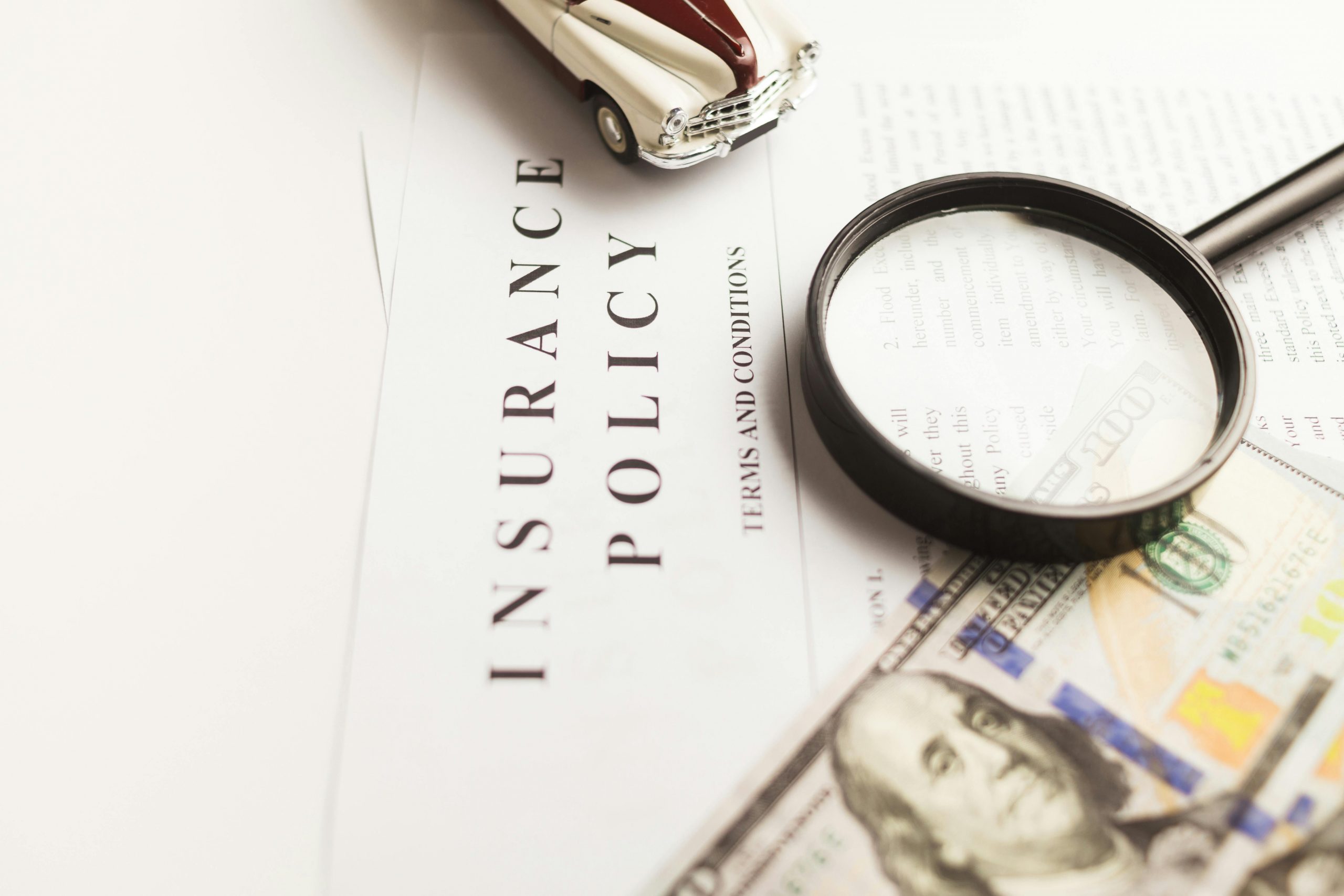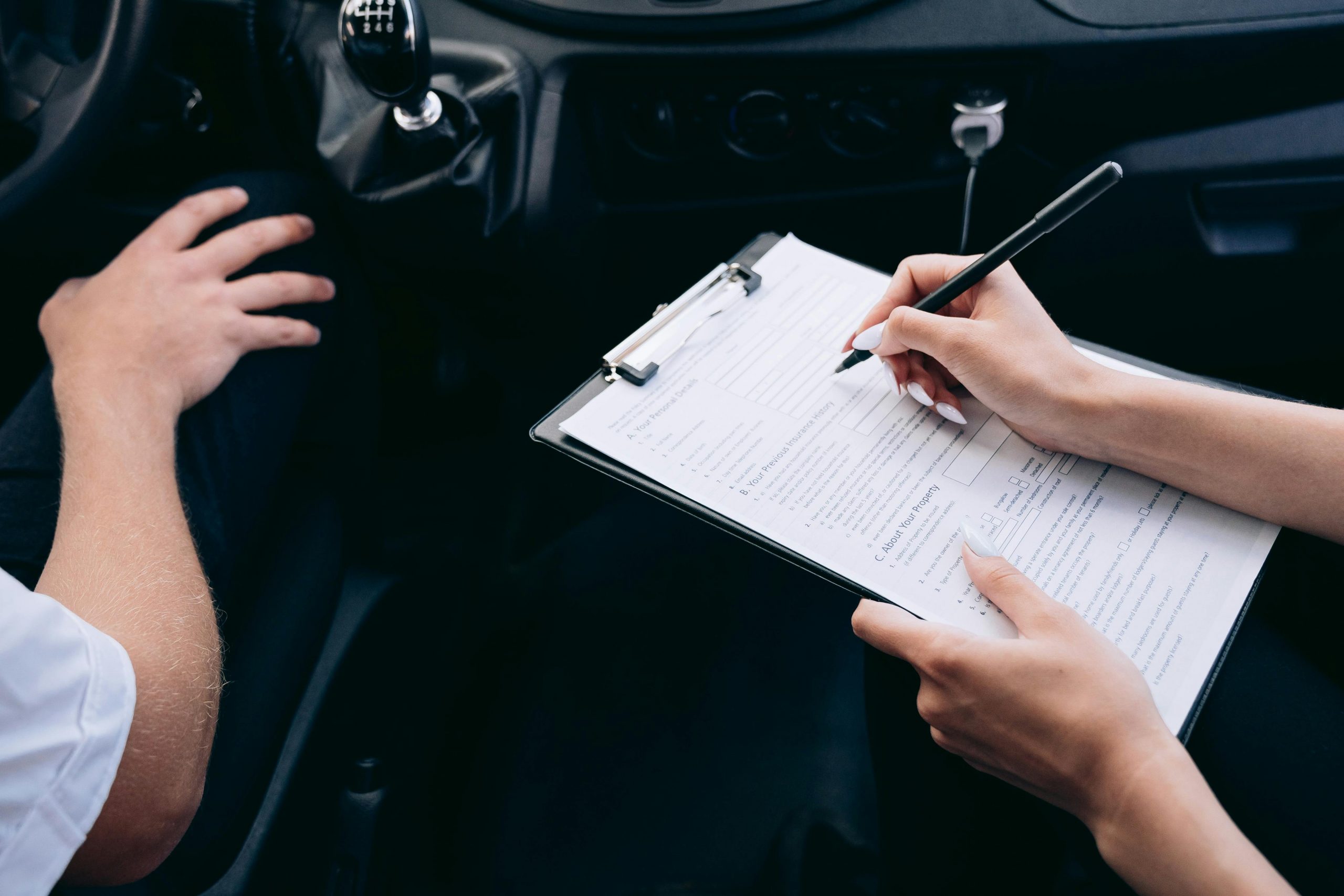
Buying a new or used car is exciting—but before you can drive it off the lot, you’ll need one important thing: car insurance. In fact, most dealerships and lenders require proof of insurance before finalizing your purchase. Whether you’re buying your first car or upgrading to a new one, knowing how to get coverage beforehand helps you stay compliant and protected from day one.
This guide explains how to get car insurance before buying a car, what documents you’ll need, and how to choose the right coverage for your situation.
Why You Need Insurance Before Buying a Car

You can’t legally drive an uninsured vehicle in most states. Even if you’re just taking it home from the dealership, your new car must be insured to be registered or financed.
Key reasons to get insurance first:
- Legal requirement: Most states mandate liability insurance to drive on public roads.
- Dealer requirement: Dealerships often ask for proof of coverage before allowing you to leave with the car.
- Loan or lease condition: Lenders and leasing companies typically require full coverage.
- Immediate protection: Coverage ensures your vehicle is protected the moment ownership transfers to you.
Without insurance, you risk fines, license suspension, and out-of-pocket repair costs in the event of an accident—even before your first official drive.
Can You Get Insurance Without Owning a Car?
Yes, you can. You don’t need to own the vehicle to start the insurance process. Insurers can prepare a policy based on the car you’re planning to buy.
Here’s how it works:
- If you know the vehicle details: Provide the make, model, year, and Vehicle Identification Number (VIN) to the insurer.
- If you’re still shopping: Get a quote using estimated information, then finalize the policy once you’ve chosen your car.
Most insurance companies allow you to activate coverage the same day you buy the vehicle. This flexibility makes it easy to plan ahead.
Step-by-Step Guide to Getting Car Insurance Before Buying
Getting insurance early doesn’t have to be complicated. Follow these simple steps:
1. Gather Personal Information
Insurance companies will ask for basic details to provide accurate quotes:
- Your full name, address, and date of birth
- Driver’s license number
- Driving history (accidents, violations, claims)
- Details of all drivers in your household
2. Decide on a Vehicle (or a Few Options)
If you haven’t chosen a specific car yet, narrow your choices down to two or three models. Different cars can impact your premium based on:
- Safety ratings
- Repair costs
- Theft rates
- Engine size and value
You can compare estimated premiums for each model to help guide your final decision.
3. Choose the Right Type of Coverage
Your coverage needs depend on whether you’re financing, leasing, or buying outright.
Common types of coverage:
- Liability insurance: Covers damage you cause to others. Required by law.
- Collision coverage: Pays for damage to your car after an accident.
- Comprehensive coverage: Covers theft, vandalism, and natural disasters.
- Gap insurance: Covers the difference between your loan balance and your car’s value if it’s totaled.
- Uninsured/underinsured motorist protection: Covers you if another driver has insufficient coverage.
If you’re financing the car, your lender will likely require both collision and comprehensive coverage.
4. Compare Quotes from Multiple Insurers
Get quotes from at least three reputable insurance companies. Compare:
- Monthly premium costs
- Deductible amounts
- Customer reviews and claim satisfaction scores
- Available discounts (multi-policy, safe driver, good student, etc.)
Online tools make this easy—you can enter your details once and receive multiple quotes instantly.
5. Set an Effective Start Date
Once you’ve chosen a policy, you’ll select an effective date—the day your coverage begins. Most buyers choose the same day they plan to purchase or pick up their car.
If you already have an existing policy (from an old car), you can typically transfer coverage to the new vehicle.
6. Provide Proof of Insurance to the Dealership or DMV
After activating your policy, your insurer can send proof of coverage directly to the dealership or state DMV. This ensures a smooth registration and handover process.
Documents You’ll Need
When applying for car insurance before buying a car, be prepared to provide:
- Driver’s license or state ID
- Vehicle details (VIN, make, model, year)
- Financing or leasing documents (if applicable)
- Payment information for your first premium
Having these ready speeds up the process, allowing you to secure coverage the same day.
What If You Already Have Car Insurance?

If you already own a vehicle and have active insurance, your existing policy may automatically cover a new car temporarily.
Most insurers offer:
- Grace periods of 7–30 days to add the new vehicle to your policy
- Same coverage limits as your current vehicle during that time
Still, it’s smart to contact your insurer before purchase to confirm your policy details and make any needed adjustments.
How to Get Temporary Coverage
If you’re buying a car but haven’t decided on long-term coverage, you can get temporary car insurance.
Temporary coverage options include:
- Short-term policies (7–30 days): Great for test drives or temporary use.
- Dealer coverage: Some dealerships include limited short-term coverage with purchase.
- Non-owner car insurance: Covers drivers who frequently use vehicles they don’t own.
Temporary policies can help you stay legal and protected until you finalize your permanent insurance plan.
Factors That Affect Your Insurance Rate
Your car insurance rate isn’t determined solely by the type of car you drive. Insurers look at a combination of personal, vehicle, and environmental factors to assess how much risk you represent as a driver. Understanding what affects your premium can help you make smarter decisions when shopping for both a car and a policy.
Below are the most common factors that influence car insurance costs—and practical ways to keep those costs in check.
- Driving Record
Your driving history plays one of the biggest roles in determining your insurance rate. If you’ve been involved in accidents, received speeding tickets, or filed frequent claims, insurers see you as a higher-risk driver.
Why it matters:
- Traffic violations signal a higher likelihood of future accidents.
- At-fault accidents or DUI convictions can increase premiums significantly.
- A clean driving record, on the other hand, can qualify you for safe driver discounts.
Tip: Take a defensive driving course to demonstrate responsible driving habits. Some insurers offer rate reductions after course completion, even if you already have a clean record.
- Age and Gender
Insurance companies use age and gender statistics to estimate risk. Younger drivers, particularly teens and those under 25, generally pay higher premiums because they have less experience and are statistically more likely to be involved in accidents.
Typical trends include:
- Drivers under 25 often face the highest rates.
- Middle-aged drivers with clean records typically enjoy lower premiums.
- In many states, male drivers under 25 pay more than female drivers due to higher accident rates.
Tip: If you’re a young driver, being added to a parent’s policy or maintaining good grades can help reduce costs. Many insurers offer good student discounts for drivers who maintain a certain GPA.
- Location
Where you live directly impacts your insurance rate. Urban areas with heavy traffic, higher crime rates, and more frequent accidents tend to have higher premiums compared to rural areas.
Insurers evaluate:
- Population density and accident frequency in your ZIP code
- Auto theft and vandalism rates
- Local weather risks (e.g., flooding, hailstorms)
Tip: If you’re moving or buying a car in a new city, get a quote using your potential address. Premiums can vary significantly between neighboring towns or suburbs.
- Credit Score
In most states, your credit score can affect your insurance premiums. Insurers use credit-based insurance scores to predict how likely a driver is to file a claim.
How it affects you:
- Higher credit scores often lead to lower premiums.
- Poor credit can result in higher rates, even if you have a clean driving record.
Tip: Pay bills on time, reduce outstanding debt, and regularly check your credit report for errors. Over time, improving your credit score can lead to lower insurance costs.
- Vehicle Type
The make, model, and year of your vehicle play a major role in determining your insurance rate. Expensive, high-performance, or luxury vehicles cost more to repair or replace—raising premiums.
Insurers consider factors like:
- Repair and replacement costs
- Safety ratings and available safety features
- Likelihood of theft
- Engine size and performance rating
Tip: Before buying a car, request quotes for several models. You might find that a similar vehicle with better safety features or lower repair costs offers significant insurance savings.
- Annual Mileage
The more you drive, the more likely you are to be in an accident. Insurers use your average annual mileage to estimate exposure to risk.
General rule:
- Drivers who commute long distances or drive frequently pay higher rates.
- Low-mileage drivers (especially those under 7,500 miles per year) may qualify for discounts.
Tip: Ask your insurer about low-mileage or usage-based programs, which track driving habits through a mobile app or device. Safe, low-mileage drivers often earn reduced premiums.
- Coverage and Deductible Choices
Your coverage selections directly impact how much you pay. Higher coverage limits and lower deductibles increase premiums, while choosing higher deductibles can lower monthly costs.
For example:
- A $250 deductible costs more than a $1,000 deductible because the insurer covers more in case of a claim.
- Adding extras like rental reimbursement or roadside assistance also raises premiums.
Tip: Choose coverage that balances affordability with protection. Avoid lowering your coverage too much—it may leave you vulnerable to large out-of-pocket expenses after an accident.
- Marital and Homeownership Status
Insurers often find that married drivers and homeowners file fewer claims. As a result, they may offer small rate reductions.
Why it matters:
- Married couples may combine policies and qualify for multi-car or multi-policy discounts.
- Homeowners often receive discounts for bundling home and auto insurance.
Tip: Ask your insurer about bundle savings. Combining car insurance with home, renters, or life insurance policies can significantly reduce your overall premium.
How to Lower Your Car Insurance Premiums
Even though many factors that affect your insurance rate—like age or location—are out of your control, there are several effective ways to keep costs down:
- Bundle policies: Combine home, renters, and car insurance with one company for a discount.
- Increase your deductible: A higher deductible lowers your monthly premium but increases out-of-pocket costs in case of a claim.
- Maintain a clean driving record: Avoid speeding and distracted driving to qualify for safe driver rewards.
- Take advantage of discounts: Look for offers like paperless billing, automatic payments, and defensive driving certifications.
- Review your policy annually: Update your coverage as your car ages or your financial situation changes.
Understanding these factors helps you take control of your insurance costs. By practicing safe driving, maintaining good credit, and making informed coverage choices, you can reduce your premiums without sacrificing protection—ensuring your new vehicle is both well-insured and affordable.
Common Mistakes to Avoid
Getting insurance before buying a car is simple—but there are some pitfalls to watch for:
- Waiting until after purchase: You may not be allowed to drive your new car off the lot.
- Not comparing quotes: You could miss out on better coverage or discounts.
- Choosing minimum coverage only: State minimums often don’t protect your car or finances adequately.
- Forgetting to update your policy: If you buy a new car but don’t notify your insurer, coverage gaps may occur.
Avoid these mistakes to save money and ensure peace of mind.
Can You Buy a Car Without Insurance?
It depends. In most states, you cannot legally drive a car off the lot without proof of insurance. However, some private sellers may not require proof during sale—but you’ll still need insurance to register the vehicle or legally drive it home.
Even if allowed, driving uninsured exposes you to major legal and financial risks.
The Bottom Line
Getting car insurance before buying a car isn’t just a smart move—it’s often a legal necessity. It protects your new vehicle from the moment you take ownership and ensures you meet state and lender requirements.
By preparing in advance, comparing quotes, and finalizing your policy early, you can avoid coverage gaps and drive away with peace of mind.
Taking the time to understand your insurance options not only safeguards your investment but also helps you make confident, informed decisions as a new car owner.

